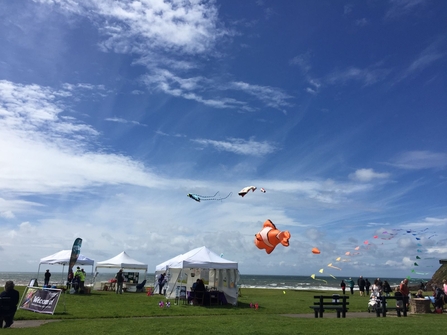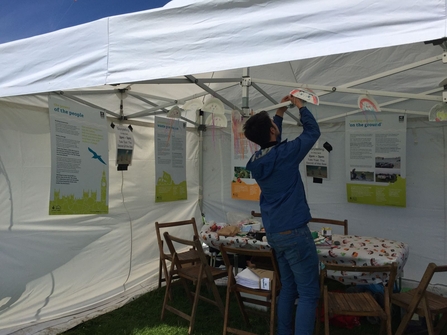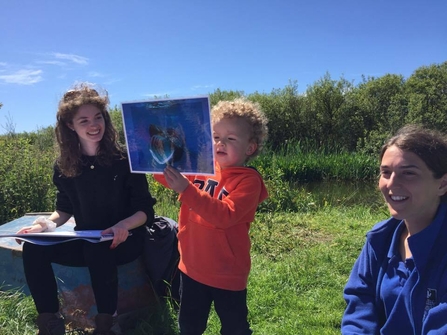A month ago, a lot of my time was taken up with planning Beached Art; an annual event of the Trust’s that you might already be aware of. The event took place on the 30th July, and it was, thank goodness, a success.
As Beached Art is one of the Trust’s largest public engagement events, it requires a lot of preparation: be it booking the external organisations such as Red Cross first aid and Smile Factor kite displays, or hunting for marquees in CWT HQ and forcing colleagues to help me put them up in the garden to test if they are suitable for use, organising volunteers, the itinerary, or chairing the marketing meeting (scary), or making NINE risk assessments for the day.




